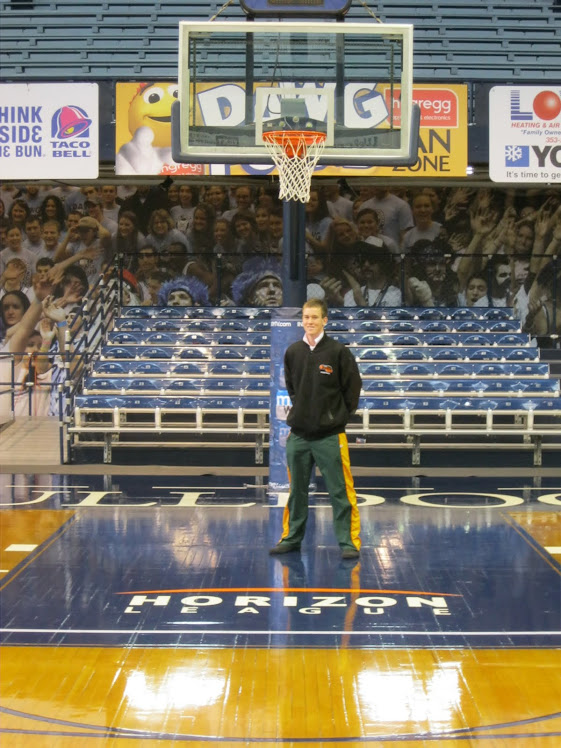Basketball fitness testing have some key components related directly to the sport. These main tests include the bench press, either at 70% body weight or a set wieght (Eg. 90kg in NBA Draft camp), Standing Vertical Jump, 3/4 court sprint and numerous agility tests. Other important conditioning tests include the beep test and sit and reach test for flexibility.
The NBA Draft Camp conduct fitness testing on all the potential NBA athletes. The bench press test is performed using a 189lbs (85.91kg) and the average result for the strongest athlete of each year from 2000-2009 is 24.5 reps. This test is desighned to measure the athlete's upper body strength. The vertical jump results for these elite athletes are exceptionally high and this is often helped by the genetic make-up of african american's, because they have a greater proportion of fast twitch muscles. This allows explosive power and a perfect example of this is the vertical jump. This measures the explosive power of the athlete, which is a combination of strength and speed. The average score of the athlete with the most "hops" in each year from 2000-2009 is 41.95inch (106.5cm). The top athletes for the 3/4 court sprint from the same years have an average time of 3.01 seconds. This is used to test the athlete's speed and explosive power.
There are aspects which must be considered when designing a series of tests for a particular sports. Tests must incorperate elements of the chosen sport so that the skills and muscle groups required to enhance performance in the sport are being developed and improved so they can transfer into game situation. The elements of fitness which are targeted by these test need to be specifically related to your sport. For example, it's pointless doing a 10km bike ride every day if you are a basketball player. Ofcourse it will help enhance your cardiovascular endurance, however different muscle groups are being developed which you don't require in basketball. This means that training time is not being utilized effeciently and the muscle groups which you needed to develop have not been improved as a result of non specific training.
Testing Regime
Fitness Realted tests - These tests can be performed every 6 weeks in order to monitor my progress throughout the course of the year. These include:
- Vertical Jump

- 3/4 Court Sprint
- Illinois Agility Run
- 70% Bench Press
Skill Related tests - These tests can be performed every 2-3 weeks to monitor my skill development throughout the year:
- 30 Free Throws in a row.
- 7 minute shooting drill: This is performed with a person who rebounds for the shooter for the duration of the test. The shooter must make 2 shots in a row from mid range, which are worth 1 point each, before they can move out to the three point line. Once at the 3, each made shot is worth 2 points however when the athlete misses two shots in a row, they must return to mid range.
- 5 minute 3's drill
Goals For Testing Results
End of 1st term:
Vertical Jump - 56cm
3/4 Court Sprint - 3.5seconds
Illinois Agility - 15 seconds
70% Bench Press - 10 Reps
30 FT - Average of 80%
7 minute shooting - Average 90
5 minute 3's - Average 30


